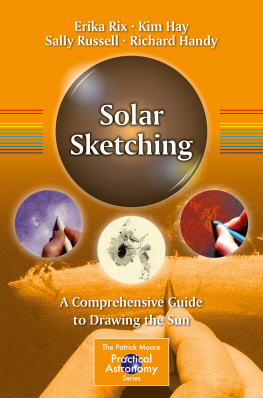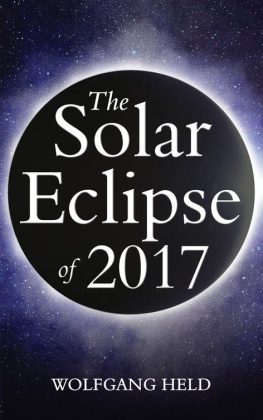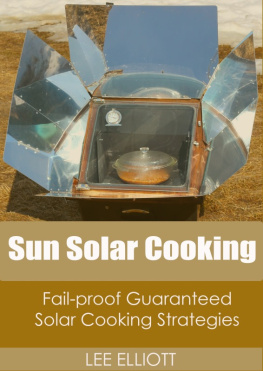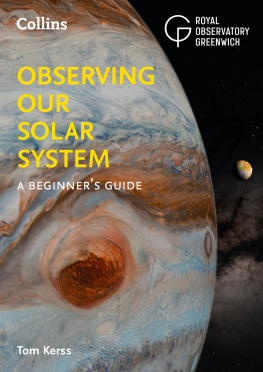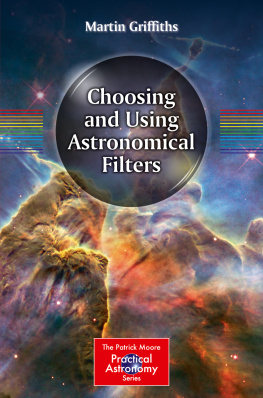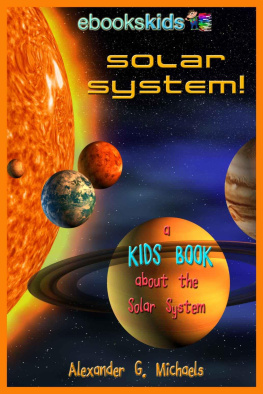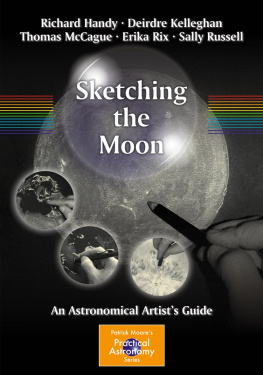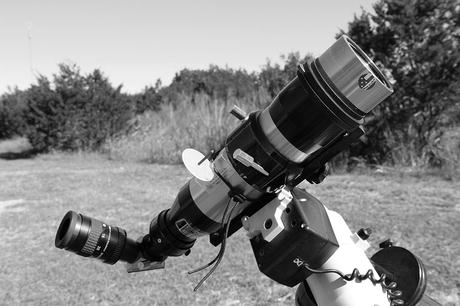The Sun represents one of the most challenging and exciting astronomical objects to sketch. Noticeable changes can occur very rapidly, and the view is never the same twice. Regardless of where your interests lie, from the occasional view to daily sunspot tracking, or rendering the subtle complexity of prominences, the following techniques, hints and tips will help guide you to accurately sketch the Suns ever-evolving features.
Warning!
Never look directly at the Sun with unaided eyes. While solar observing, do not use binoculars, finder scopes or telescopes unless they are dedicated solar telescopes or have been properly fitted with solar filters from reputable manufacturers. The consequences of even a brief view, particularly through an unfiltered telescope or finder scope, could result in severe eye damage or blindness.
Unless your finder scope is fitted with a solar filter, it should either be removed or covered to prevent both eyesight injury and damage to the instrument.
Before diving straight into sketching, it is worth reviewing the basics of solar equipment and observing. Also included are tips that we have picked up along the way.
1.1 Basic Equipment
Equipment should be tailored to the needs and preferences of each individual. So lets consider the essentials and how they may apply to you.
1.1.1 Filters
Sketching the Sun in white light can be completed using several types of solar wedges and thin film acetate filters. In the past, projection techniques were used predominantly, and this method is still going strong today, especially during outreach events. Nowadays, thanks to the advent of thin film depositing technologies, polyvinyl acetate sheets can easily be obtained to fit large telescopes that otherwise would be impractical to use for projection. These thin filters come mounted in a metal ring, or you can purchase a sheet of the film to construct your own.
Multi-coated glass white light filters and energy rejection filters (ERFs) are also available. An ERF is designed to filter ultraviolet and infrared light so that light from the visual spectrum can pass through.
Band pass filters selectively reject most of the continuous solar spectrum and only allow through the light that occurs in a defined range of frequencies. Hydrogen-alpha (H-alpha) is perhaps the most frequently used band pass filter because it permits light from the chromosphere, where ionization of the hydrogen gases above the photosphere is emitted, to be viewed. These types of filters can be obtained separately or in the form of dedicated H-alpha telescopes as seen in Fig..
Fig. 1.1
Internally double-stacked Coronado Maxscope 60 mm, 400 mm focal length, Hydrogen-alpha dedicated solar telescope. (By Erika Rix)
Some manufacturers offer Calcium (Ca) II band pass filters in the K and H lines, which are similar to the H-alpha filters, except that the frequency of the radiation they selectively filter allows light from the calcium absorption line of the solar spectrum to be viewed. Because the K-line is at the far end of the visual frequencies, the light is more difficult to see visually. The H-line, however, is closer to the visible spectrum. As a result, it produces a brighter image at the eyepiece and is often the filter of choice for that range of frequencies.
Finally, a Sodium (Na) D-line filter is also available. It can be used to study super granulation and flare eruption kernels in the surface layers of the Sun.
Warning!
NEVER USE EYEPIECE SOLAR FILTERS! Some telescopes still come with solar filters that either screw into or are fitted over the eyepiece. The intense heat of the focused sunlight could cause them to crack during use, resulting in possible blindness. We recommend that the eyepiece filter be destroyed and thrown away to prevent anyone from using it.
1.1.2 Telescopes
White light solar observing can now be done with just about any telescope type or design. Some designs are easier to use due to their portability, ease of set-up, and viewing comfort. Because of their size, refractors are the clear favorite, along with small reflectors. Refractors can be easily transported, the set up time is minimal, and the height of a typical mount can be adjusted to allow for either a standing or sitting position for viewing comfort. Because atmospheric turbulence, which is associated with daytime observing, is rarely good enough to allow full useful magnification with even modest-sized telescopes, large telescopes can seldom be used to their potential for solar observing.
1.1.3 Mounts
Mount choice for solar sketching is often dependent on the telescopes field of view (FOV) and your ability to keep the Sun, or its observed features, within that field for the duration of your observation. For example, short focal length, wide-field refractors often have a wide enough FOV that the observer can see the entire solar disk with plenty of room to allow for a slow drift, with only the occasional nudge to bring it back into view. As such, a manual-adjusting alt-azimuth mount will work just fine, with only a few corrections of its position required during a sketch.
Keep in mind, however, that as the magnification increases, the FOV shrinks. The power required to discriminate fine details within the solar structures means that the Sun will appear to move quite rapidly across the FOV. Therefore, unless you are willing to make constant bumps in its position, following these features will prove difficult. And if you are making these adjustments, it will distract your concentration.
Consequently, equatorial mounts, or computer tracking mounts, are an ideal solution for sketching within a small FOV at high power. Equatorial mounts are designed to align one of the rotation axes of the telescope to the Earth's axis of rotation. By rotating with the axis, this motion through the field is eliminated and the feature will stay centered in the FOV throughout the course of the observation. Computerized tracking telescopes are basically computer driven motorized alt-azimuth mounts that make use of tiny movements of stepper motors to keep the telescope on target.
1.1.4 Eyepieces
Most eyepieces are interchangeable between nighttime and daytime observing. There are, however, eyepieces made specifically with solar observing in mind. Lunt Solar Systems manufactures flat-field eyepieces with 0.1 % anti-reflective coatings that reduce the ghosting and glow often seen around the Sun through an eyepiece. Similarly, Coronado CEMAX eyepieces have multiple-coating materials to enhance contrast in the H-alpha band pass region and eliminate internal reflections and scattered light. They also offer a 2x CEMAX Barlow.
Zoom eyepieces are handy when seeing is turbulent; adjustments for best magnification can be made quickly without the need to swap eyepieces. For the projection method of solar observing, use an inexpensive, simple eyepiece. Avoid those with plastic parts or cemented lenses, as they can become hot and melt while using.

